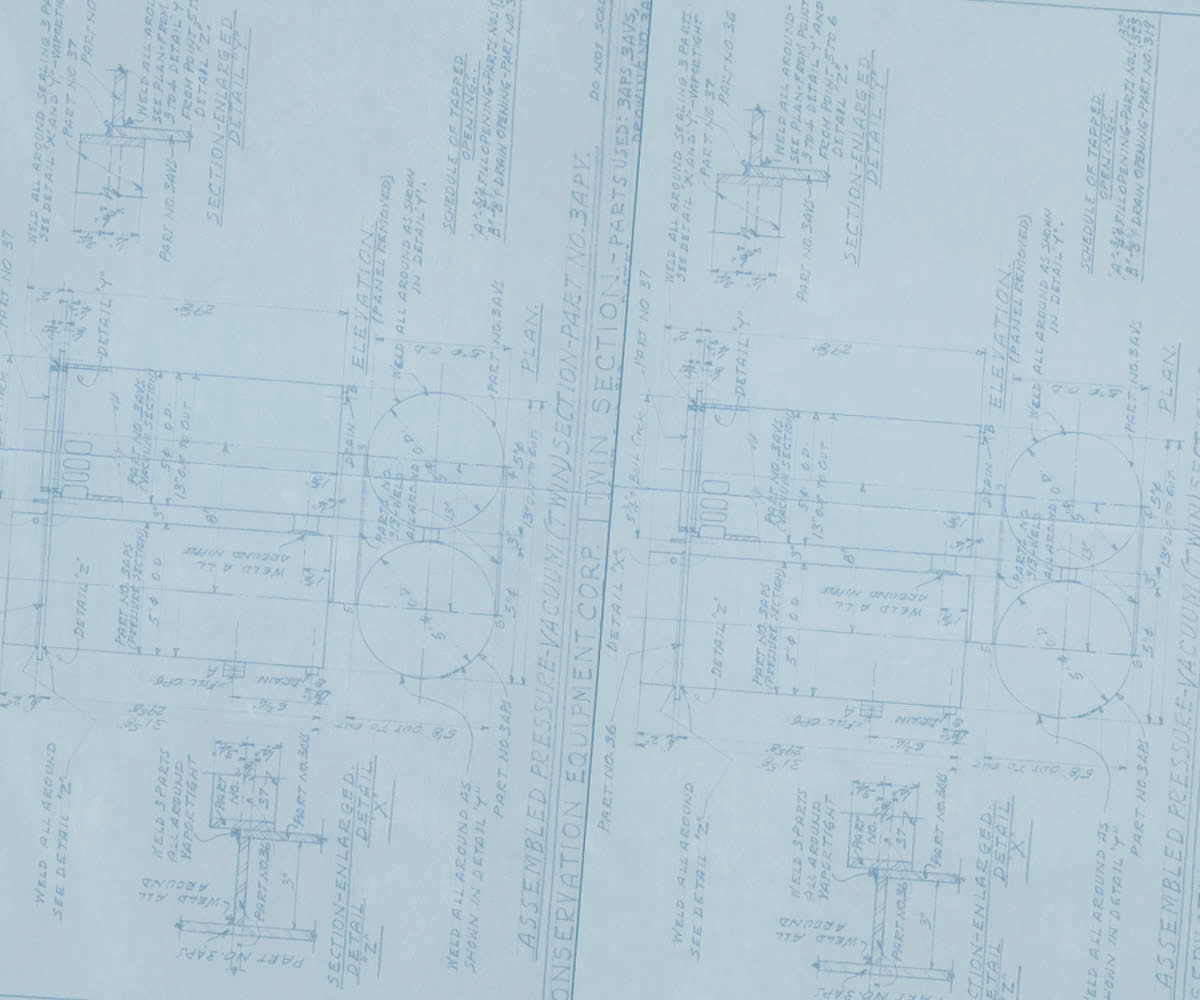CTA Bus Garages
Situation
Have you ever taken a ride on the Chicago Transit Authority bus lines? Maybe not, but in 2010 the CTA had approximately 1,800 buses that operate over 140 routes traveling along 2,230 route miles (3,658 km). Buses provide about one million passenger trips a day and serve more than 12,000 posted bus stops (CTA, 2011). To keep 1,800 buses in operating condition for many hours a day requires a significant investment in maintenance and operational integrity. Thus, the city also maintains a series of bus repair stations from the north to south and west sides. Each of these buses requires fuel, washer fluid, greases and other fluids that require special pumping and handling at the depots.
Case Evaluation – CTA Bus Garages
In 1987, the CTA was issued significant funds to overhaul many of its bus garages as well as construct new ones. Semler was contacted by the mechanical contractors to provide the liquid handling equipment for some of these facilities. The mechanical contractors had to rely on the expertise of Semler Industries’ engineers and suppliers to find the best combination of design, cost and features to assure longevity of the equipment. CTA instructed Semler to interface with Camp Dresser and McKee Boston, which resulted in the specification of ten or more systems for the various fluids used at each garage.
Each project could take 8 months to work on considering the breadth and depth of the fluid handling equipment necessary and to work within the timeframe available for the contractor and CTA.
In all, Semler Industries was contracted to work on 12 of the CTA stations and much of the equipment is still used there today from the original installs, already over 20 years ago.
Equipment Description
“Simple” transfer pumps were selected and supplied based on the properties of each of the various fluids used in an automobile, including ATF, Anti-freeze, Windshield Washer fluid, Motor-oils and fuel.
Additionally, turn-key, integrated systems were designed and supplied that monitored flow rates, the quality of the fuel, prevented water from being metered and filled into the tanks, corrected for temperature/volume, and eliminated air and foam, prior to the fuel being delivered and paid for. This prevented errors and fraudulent activity from being charged and paid for by the customer, potentially saving millions of dollars over the life of the equipment.
Filter / Coalescer systems were also provided, which would eliminate particulate and water from being dispensed onto a bus, which could result in a break-down and costly repair of the diesel engines. These systems were designed to monitor the level of water in the filter sump, and shut down the system if the water level approached the outlet level of the coalescing unit. Further provisions were made to prevent freezing of the water in the sump of the housings.
Considering the breadth of fluids used in a CTA bus, the variety of equipment necessary was also diverse. This included diesel fuel unloading systems from transport trucks, waste oil receptors, waste oil loading pump sets, motor oil dispensers, diesel dispensers, diesel filter systems, bus defueling, control panels and miscellaneous fluid dispensing, unloading and hose reel assemblies. All of these mechanical and electrical systems were monitored and fed into the garages main control system.
Each of the systems was designed uniquely, even though some knowledge from one station would carry over to the next. As time went on, efficiencies built up so that the design and build process took less time.
Recommendations
Considering Semler Industries experience with fuels for buses and aviation, the next time an application arises for your company, consider consulting with Semler Industries.
References
Chicago Transit Authority. (2011) Buses and Trains. Retrieved January 8, 2011 from http://en.wikipedia.org/wiki/Chicago_Transit_Authority





